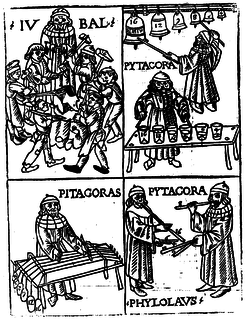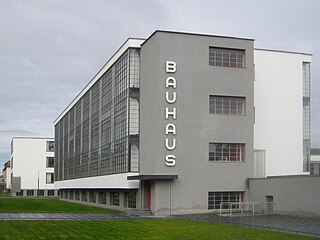
The avant-garde are people or works that are experimental, radical, or unorthodox with respect to art, culture, or society. It may be characterized by nontraditional, aesthetic innovation and initial unacceptability, and it may offer a critique of the relationship between producer and consumer.
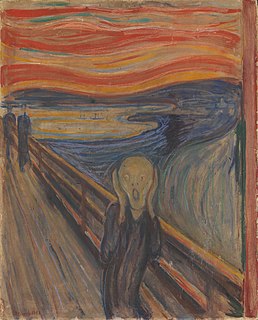
Expressionism is a modernist movement, initially in poetry and painting, originating in Germany at the beginning of the 20th century. Its typical trait is to present the world solely from a subjective perspective, distorting it radically for emotional effect in order to evoke moods or ideas. Expressionist artists have sought to express the meaning of emotional experience rather than physical reality.

Degenerate art was a term adopted in the 1920s by the Nazi Party in Germany to describe modern art. During the dictatorship of Adolf Hitler, German modernist art, including many works of internationally renowned artists, was removed from state owned museums and banned in Nazi Germany on the grounds that such art was an "insult to German feeling", un-German, Jewish, or Communist in nature. Those identified as degenerate artists were subjected to sanctions that included being dismissed from teaching positions, being forbidden to exhibit or to sell their art, and in some cases being forbidden to produce art.
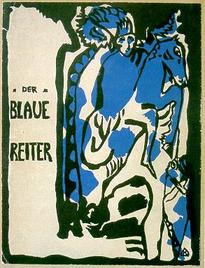
Der Blaue Reiter was a group of artists united in rejection of the Neue Künstlervereinigung München in Munich, Germany. The group was founded by a number of Russian emigrants, including Wassily Kandinsky, Alexej von Jawlensky, Marianne von Werefkin, and native German artists, such as Franz Marc, August Macke and Gabriele Münter. They considered that the principles of the Neue Künstlervereinigung München, a group Kandinsky had founded in 1909, had become too strict and traditional.

Synchromism was an art movement founded in 1912 by American artists Stanton MacDonald-Wright (1890-1973) and Morgan Russell (1886-1953). Their abstract "synchromies," based on an approach to painting that analogized color to music, were among the first abstract paintings in American art. Though it was short-lived and did not attract many adherents, Synchromism became the first American avant-garde art movement to receive international attention. One of the difficulties inherent in describing Synchromism as a coherent style is connected to the fact that some Synchromist works are purely abstract while others include representational imagery.
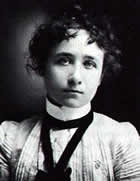
Gabriele Münter was a German expressionist painter who was at the forefront of the Munich avant-garde in the early 20th century. She studied and lived with the painter Wassily Kandinsky and was a founding member of the expressionist group Der Blaue Reiter.

Vadym Meller or Vadim Meller, was a Ukrainian-Russian Soviet painter, avant-garde Cubist, Constructivist and Expressionist artist, theatrical designer, book illustrator, and architect. In 1925, he was the first artist to be awarded a gold medal in the Exposition Internationale des Arts Décoratifs et Industriels Modernes in Paris.
The Neue Künstlervereinigung München (NKVM), formed in 1909 in Munich around Wassily Kandinsky, and prefigured Der Blaue Reiter, the first modernist secession which is regarded as a forerunner and pathfinder for Modern art in 20th-century Germany.
Vincent Pepi is an abstract expressionist painter associated with the New York School. His contribution to American art includes some of the foremost examples of action painting, produced consistently over the course of the second half of the 20th century. His art parallels the works of Jackson Pollock, Willem de Kooning, Franz Kline, Conrad Marca-Relli and others. He adapted the automatic techniques of the Surrealists and transformed it into his own kind of gesture painting.

Painting is the practice of applying paint, pigment, color or other medium to a solid surface. The medium is commonly applied to the base with a brush, but other implements, such as knives, sponges, and airbrushes, can be used. The final work is also called a painting.
Paul Klee Notebooks is a two-volume work by Paul Klee that collects his lectures at the Bauhaus schools in 1920s Germany and his other main essays on modern art. These works are considered so important for understanding modern art that they are compared to the importance that Leonardo's A Treatise on Painting had for Renaissance. Herbert Read called the collection "the most complete presentation of the principles of design ever made by a modern artist – it constitutes the Principia Aesthetica of a new era of art, in which Klee occupies a position comparable to Newton's in the realm of physics."
Thilo Friedrich Maatsch was a German artist and an exponent of abstract art, constructivism and concrete art.
The International Movement for an Imaginist Bauhaus was a small European avant-garde artistic tendency that arose out of the breakup of COBRA, and was initiated by contact between former COBRA member Asger Jorn and Enrico Baj and Sergio Dangelo of the Nuclear Art Movement.

Galka Scheyer was a German-American painter, art dealer, art collector, and teacher. She was the founder of the "Blue Four," an artists' group that consisted of Lyonel Feininger, Wassily Kandinsky, Paul Klee and Alexej Jawlensky.

Florence Henri was a photographer and artist. She grew up in Europe and studied in Rome, where she met the Futurists, and in Berlin, then in Paris with Fernand Léger and Amédée Ozenfant, and finally at the Dessau Bauhaus before returning to Paris where she started with photography. Her work includes experimental photography, advertising, and portraits, many of artists.
Linien was an artists association in Denmark in the 1930s and 1940s focusing on Abstraction and Symbolism. The group's exhibitions in Copenhagen created wide international participation. After the Second World War, the association was revived as Linien II with emphasis on Concrete art.
Emmy Worringer (1878–1961) was a German artist and cofounder of the Gereonsklub, an avant-garde artists' association in Cologne in the years immediately preceding World War I.
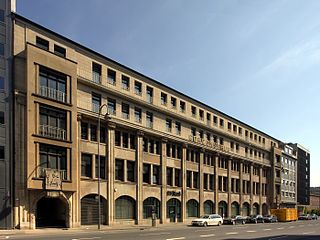
The Gereonsklub was an avant-garde artists' association in Cologne in the years immediately prior to World War I.
